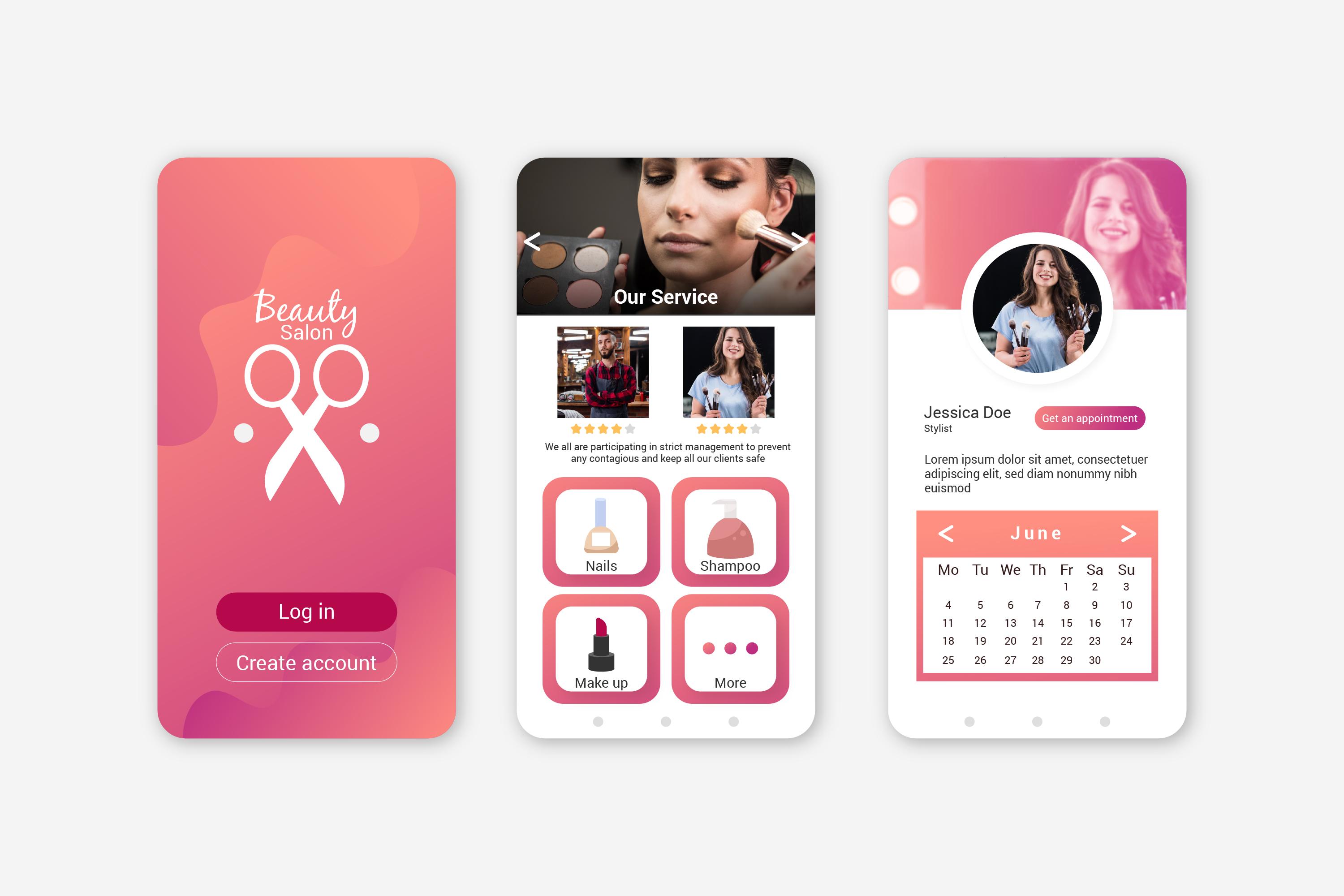The gaming industry is buzzing with activity, and technology is evolving at breakneck speed. Whether you're interested in revamping a classic like Ludo or diving into the futuristic realms of Augmented Reality (AR) and Virtual Reality (VR), there's a wealth of opportunities awaiting developers. Let’s embark on a journey through various types of game development: Ludo, iOS, Android, AR, and VR, and uncover what makes each one distinct.
1. Ludo Game Development: Bringing Classic Fun to Digital Devices
Ah, Ludo – the game that’s as much a part of childhood as playgrounds and ice creams. Now, this nostalgic board game is making waves in the digital world, and it's easier than you might think to get started.
Why Develop a Ludo Game?
Ludo isn’t just a game; it’s a cherished memory for many. It’s simple, strategic, and appeals to everyone from kids to grandparents. If you’re looking for a cost-effective way into game development, a Ludo game could be your golden ticket. It’s a game that can quickly attract players and generate revenue through ads and in-app purchases.
Key Features for a Winning Ludo Game
- Multiplayer Fun: Everyone loves a good challenge. Ensure your game supports local and online multiplayer modes. Real-time synchronization is key to keeping the game enjoyable for all players.
- Cross-Platform Availability: Develop your game using tools like Unity or Cocos2d-x to reach both iOS and Android users. More platforms mean more players!
- Visual Appeal: Even a classic like Ludo benefits from great graphics and sound effects. Make the game visually engaging to keep players hooked.
- Game Engines: Unity and Cocos2d-x are excellent choices for Ludo, offering cross-platform support and flexibility.
- Programming Languages: C# for Unity, Java for Android, or Swift for iOS are all solid options.
- Backend Development: For real-time multiplayer, consider using Firebase or Node.js to manage data efficiently.
2. Mobile Gaming Evolution: iOS and Android Game Development
Mobile gaming isn’t just a trend – it’s a revolution! With millions of daily players, the choice between iOS and Android can shape your game’s success. Let’s explore what each platform has to offer.
iOS Game Development: Crafting a Premium Experience
If your goal is to reach a premium audience, iOS is your playground. iOS users are known for their willingness to invest in high-quality apps, making it a lucrative market for game developers.
- Performance Matters: Ensure your game runs smoothly on iOS devices, with optimized graphics and quick load times.
- Apple-Specific Features: Utilize Game Center for leaderboards and ARKit for augmented reality experiences. Apple’s tools can enhance your game’s appeal.
- Development Tools: Swift or Objective-C with Xcode are standard choices. For more complex games, Unity and Unreal Engine offer powerful options.
Android Game Development: Expanding Your Reach
Android’s vast user base offers unparalleled reach. However, this means you’ll need to tackle device compatibility and performance challenges.
- Device Compatibility: Design your game to work across a range of devices, from high-end smartphones to more budget-friendly options.
- Monetization Flexibility: Android supports various monetization models, including ads, in-app purchases, and premium sales. Choose what best fits your game.
- Development Tools: Java or Kotlin with Android Studio, and game engines like Unity and Godot are popular choices.
3. The Future of Gaming: AR and VR Game Development
What’s next in the gaming world? Augmented Reality (AR) and Virtual Reality (VR) are leading the way, offering immersive experiences that push the boundaries of traditional gaming.
AR Game Development: Blending Real and Virtual Worlds
AR games like Pokémon GO have shown how blending digital elements with the real world can create engaging experiences. Here’s how to get started:
- Development Tools: Use ARKit for iOS, ARCore for Android, and Unity or Unreal Engine for cross-platform development.
- Unique Features: Incorporate location-based gameplay, real-time object recognition, and interactive overlays.
- Market Potential: AR games can attract niche audiences looking for innovative and interactive experiences.
VR offers a fully immersive experience, transporting players to new worlds. Developing a VR game requires specialized skills and technology.
- Essential Tools: Unity and Unreal Engine are top choices for VR. SDKs like Oculus SDK and SteamVR SDK are crucial for platform-specific development.
- Focus on Performance: Prioritize high-quality graphics, smooth frame rates, and responsive controls to keep players immersed.
- Future Prospects: The VR market is rapidly growing, and developing VR games places you at the forefront of gaming innovation.
As AR and VR technologies continue to evolve, they offer game developers unprecedented opportunities to create unique experiences. Whether you’re aiming for the next big AR hit or a groundbreaking VR adventure, the future is bright!






